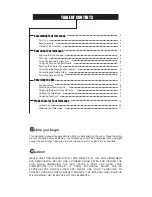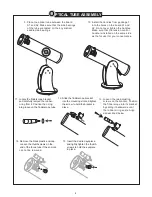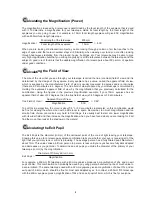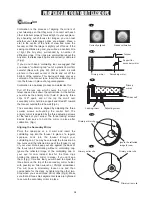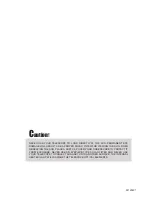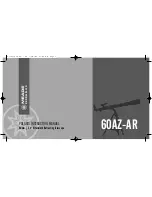
7
P
ointing the Dobsonian
Pointing an altitude-azimuth (alt-az) mounted telescope, such as a Dobsonian, is relatively easy. With the
mount level, you can swivel the telescope around on a plane parallel to your horizon and then tilt it up and
down from there (Fig.f). You can think of it as turning your telescope in azimuth until it is facing the horizon
below a celestial object and then tilting it up to the object's altitude. However, the Earth rotates and
therefore the stars are constantly moving, so to track with this mount you have to constantly nudge the
optical tube in both azimuth and altitude to keep the object in the field.
In reference material for your local position, the altitude will be listed as ±degrees (minutes, seconds) above
or below your horizon. Azimuth may be listed by the cardinal compass points such as N, SW, ENE, etc., but
it is usually listed in 360 degree (minutes, seconds) steps clockwise from North (0°), with East, South and
West being 90°, 180° and 270 °, respectively (Fig.f).
Fig.f
Rotate in
Azimuth
(90°)
(180°)
S
E
(0°/360°)
N
(270°)
W
Zenith
Nadir
Meridian
Line
Tilt in
Altitude
U
sing the Tension Control Handle
Loosen or tightend the tension control handle to add just enough
friction to allow the tube to move easily when nudged but to stay
in position when not. It may be necessary to re-adjust the tension
control handle when accessories are added to, or removed from,
the tube. The tension control handle should be installed on the
same side as the eyepiece for your convenience. Leave the
handle on the other side slightly loose to allow full tension control
for the tension control handle (Fig.e).
Fig.e
tension control


